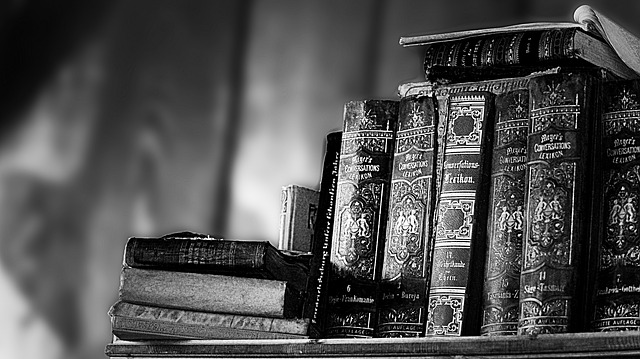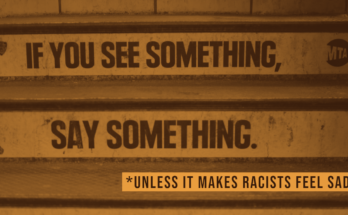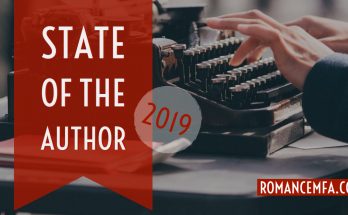Now that I’ve spent six months on the romance novels written before the contemporary era, what have I learned from them?
With each reading, I’ve looked at genre tropes and seen that many of the romance genre’s archetypes had a very early start. E.L. James didn’t invent the alphahole stalker: in 1741, Richardson had a strong archetype in Pamela‘s Mr B. The billionaire trope is hardly new either, for as Austen tells us in 1813, “It is a truth universally acknowledged, that a single man in possession of a good fortune must be in want of a wife.” Brooding heroes, snarky heroines, the spiteful other woman, love trianges.. they’re all there.
Of course, I’m not undertaking the Romance MFA project only to get a sense of the genre’s history. I’m also looking to make myself a better writer in the process. With that in mind, I’ve also taken note of one writerly lesson for each of my readings so far.
Pamela: Conflict provides interest
Some parts of Pamela sag like wet newsprint, but other sections kept me glued to the Kindle. For me, the boring parts were after Pamela and Mr. B agreed to marry and everything was going swimmingly for her. Yawn. As a writer, I struggle with being mean enough to my characters, so this is an important reading experience for me to remember.
Pride and Prejudice: Characters with the self awareness to effect self improvement resonate
While reading Pride and Prejudice, I was thinking about what has made Austen’s novel such a favorite with generations of readers. For me, it seems that the appeal of characters is foremost. Each one is uniquely flawed, some of them overcome their prejudices, some don’t, but in the course of the novel each of them is alive with real humanity and three dimensionality.
Jane Eyre: Use setting for emotional cues
Charlotte Bronte imbued her novel with layer upon layer of symbolism and while the Christian imagery goes over my head, it was more obvious to me the ways that the setting reflected the emotional content of the story and the emotional state of the heroine. How to do the same artfully enough that it doesn’t seem pat when the sun breaks through the clouds and the hero realizes he is actually in love will be the challenge for me!
To Have and To Hold: Introduce new conflict at the end of each chapter for an adventurous page turner
Mary Johnston wrote this story as a magazine serial, and it shows. Each chapter may or may not resolves some conflict, but at the end of each one there is a new problem that the characters must face that leaves the reader waiting impatiently for the next issue. While I won’t be writing serials, there’s a lot to be learned about writing a page turner from Johnston’s techniques. And it’s another way for me to focus on making life hard for my characters.
A Room With A View: If your characters aren’t witty, your narration can be
While Forster’s characters are taciturn and ordinary, he uses the narrative voice to stand in for the snarky heroine and provide the pithy commentary that other authors put in the mouths of their characters. Not every heroine can be a smart-ass, but Forster provides a model for keeping the writing clever.
The Sheik: Heightened emotional awareness grips the reader
While Hull’s take on romance seems anything but romantic to me, I found her story hard to put down. Like Johnston, she is skilled at grinding her characters down to their essential selves, and like Richardson, she gives the reader a window onto the heroine’s emotional turmoil. I may not like the story that she told, but I do appreciate the skill with which she told it.
Another reader or author would probably find different lessons from each of these books, and that’s why they’re classics. They’ve got things to tell us beyond the story on the page.



